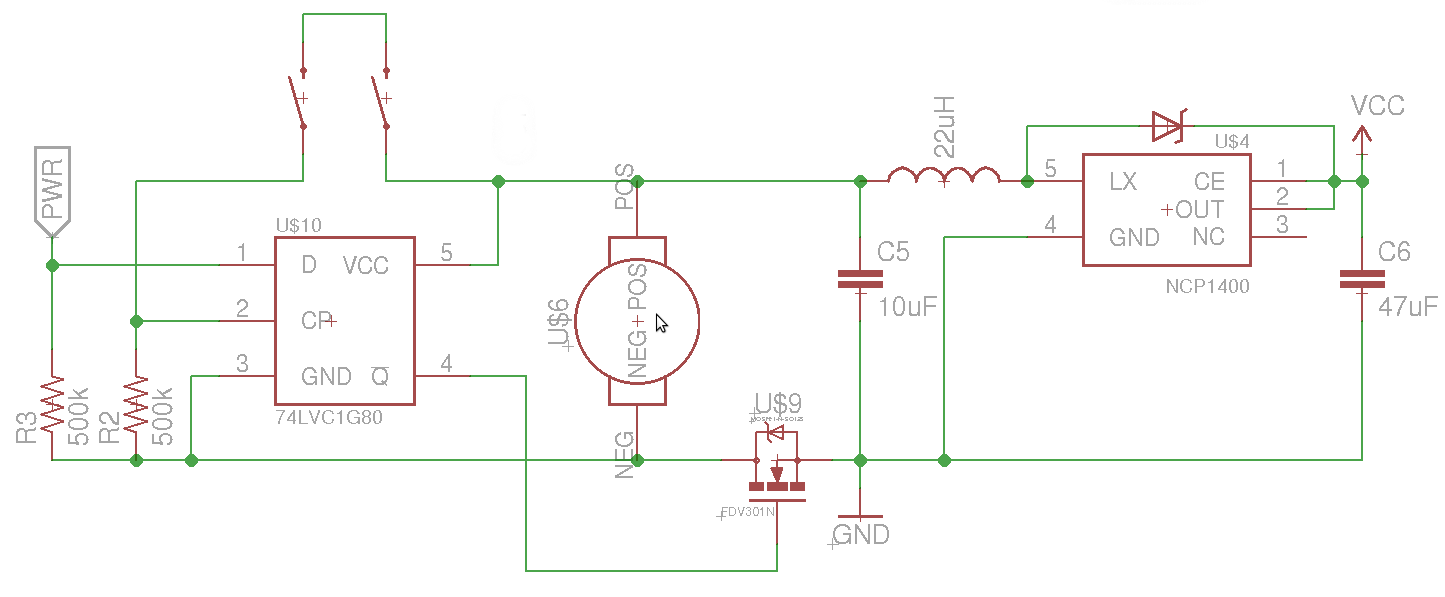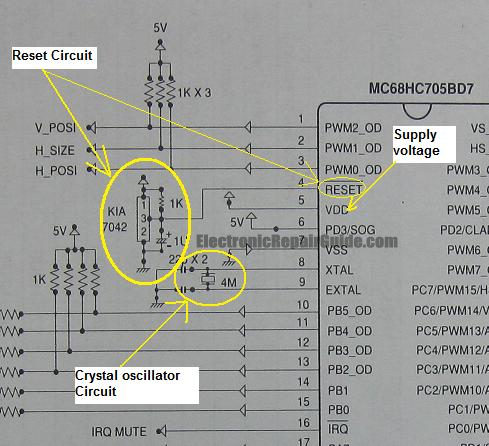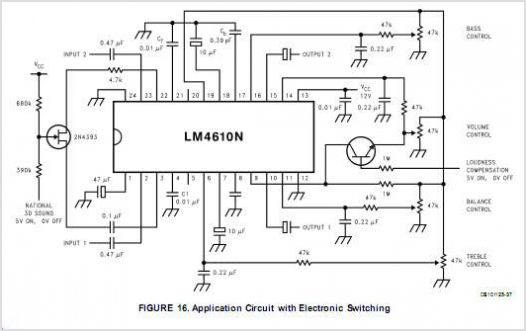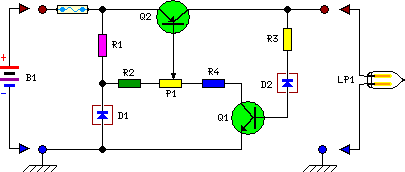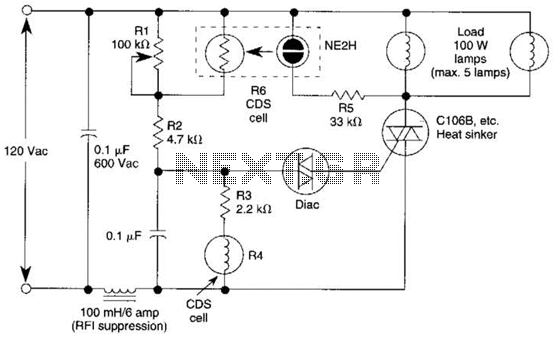
LM1036 volume controller equalizer electronic project

This volume controller equalizer electronic project is designed using the LM1036 DC tone volume controller, featuring a volume and balance circuit for stereo applications. The four control inputs of the LM1036 volume controller enable the control of bass, treble, balance, and volume functions through the application of DC voltages from a remote control system or, alternatively, from four potentiometers that may be biased from a Zener-regulated supply provided in the circuit.
The LM1036 is an integrated circuit specifically designed for audio applications, allowing for precise control over audio signal characteristics. The circuit incorporates four main control inputs, which are responsible for adjusting the bass, treble, balance, and overall volume levels of the audio output. Each control input can be driven either by a remote control system, allowing for user-friendly adjustments from a distance, or by manually adjusting potentiometers, providing flexibility in operation.
The bass and treble controls utilize a DC voltage range to modify the frequency response of the audio signal, enhancing the low and high frequencies, respectively. The balance control ensures that the audio output can be adjusted to favor one channel over the other, which is particularly useful in stereo applications to compensate for speaker placement or listener position.
The volume control adjusts the overall loudness of the audio output, allowing users to set their desired listening level. The circuit is designed to be powered by a Zener-regulated supply, which provides stable voltage levels to the control inputs, ensuring consistent performance and preventing distortion in the audio output.
In summary, this volume controller equalizer project using the LM1036 integrates advanced features for audio signal manipulation, with options for both remote and manual control, making it suitable for a wide range of stereo applications.This volume controller equalizer electronic project is designed using LM1036 DC tone volume controller with volume and balance circuit for stereo applications. The four control inputs of the LM1036 volume controller provides control of the bass, treble, balance and volume functions through application of DC voltages from a remote control system o
r, alternatively, from four potentiometers which may be biased from a zenner regulated supply provided on the circuit. 🔗 External reference
The LM1036 is an integrated circuit specifically designed for audio applications, allowing for precise control over audio signal characteristics. The circuit incorporates four main control inputs, which are responsible for adjusting the bass, treble, balance, and overall volume levels of the audio output. Each control input can be driven either by a remote control system, allowing for user-friendly adjustments from a distance, or by manually adjusting potentiometers, providing flexibility in operation.
The bass and treble controls utilize a DC voltage range to modify the frequency response of the audio signal, enhancing the low and high frequencies, respectively. The balance control ensures that the audio output can be adjusted to favor one channel over the other, which is particularly useful in stereo applications to compensate for speaker placement or listener position.
The volume control adjusts the overall loudness of the audio output, allowing users to set their desired listening level. The circuit is designed to be powered by a Zener-regulated supply, which provides stable voltage levels to the control inputs, ensuring consistent performance and preventing distortion in the audio output.
In summary, this volume controller equalizer project using the LM1036 integrates advanced features for audio signal manipulation, with options for both remote and manual control, making it suitable for a wide range of stereo applications.This volume controller equalizer electronic project is designed using LM1036 DC tone volume controller with volume and balance circuit for stereo applications. The four control inputs of the LM1036 volume controller provides control of the bass, treble, balance and volume functions through application of DC voltages from a remote control system o
r, alternatively, from four potentiometers which may be biased from a zenner regulated supply provided on the circuit. 🔗 External reference
